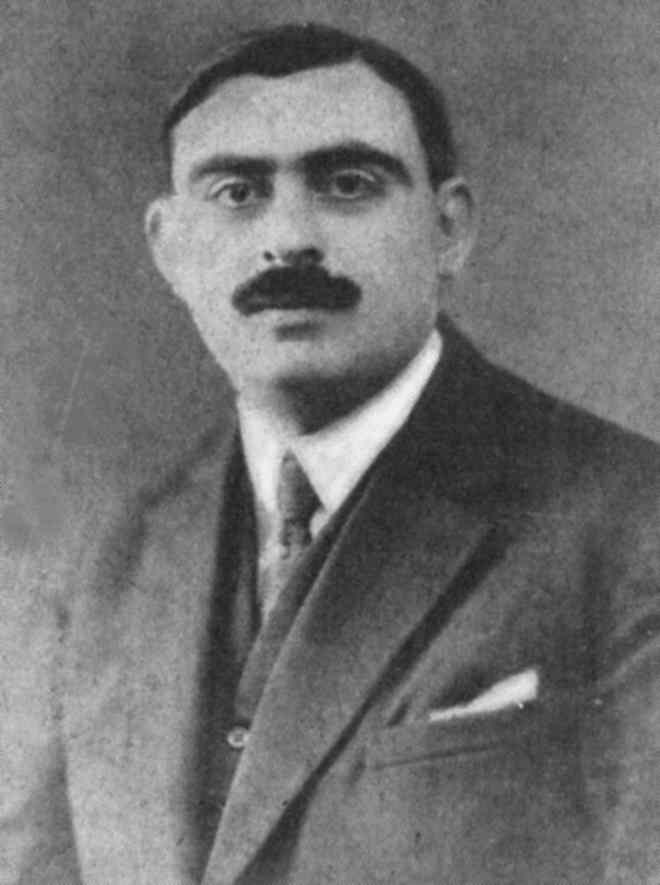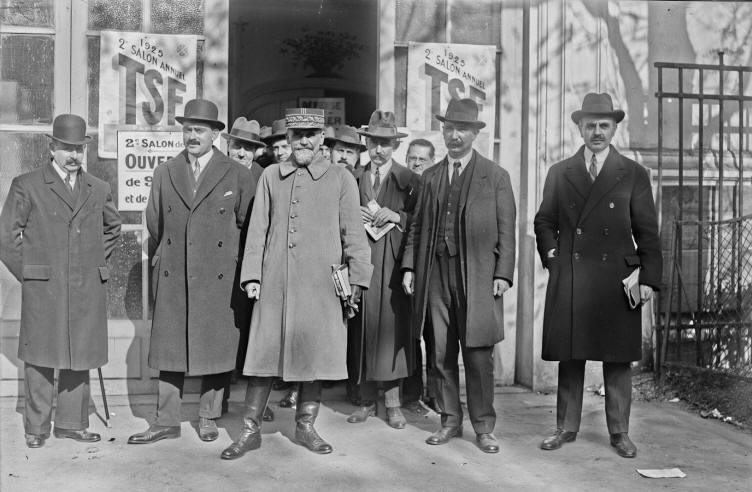|
|
|
 |
| |
 |
| Lucien LÚvy |
|
Lucien LÚvy
(1892-1965) was a very important French radio pioneer.
Just before the First World War he received his
engineering degree at
lĺEcole SupÚrieure de Physique et Chimie in Paris. |
|
In 1916 he became head of the laboratory of the military
radio station on the Eiffeltower. That year the first
transmitter (1,5 kW) was completed. He worked under the
supervision of colonel Gustave FerriÚ, also an important
radio pioneer. |
|
LÚvy
started experiments that lead to the invention of the
superheterodyne principle*. In August 1917 the principle
was patented in brevet n░ 493660. In 1918 an upgraded
version of the principle followed, described in a second
patent. |
|
The Americans did not recognise his patents and
attributed the invention to Edwin H. Armstrong. German
inventor Walter Schottky also filed a patent 1918.
Eventually in 1928 LÚvy, who had already sold it to
AT&T, was entitled to the patent. |
|
After World
War I he
founded Les
╔tablissements Radio L.L. In order to stimulate the sale
of radios, in March 1926 a 1 kW radio transmitter,
called Radio LL, started daily broadcasts in the rue de
Javel in Paris. |
 |
*)The
superheterodyne principle: If an oscillator signal
is added to an incoming radio signal, a beat signal will
result, that has a frequency of the difference between
the two. A fixed filter can be built to narrowly select
this beat frequency, and pass it on to a low-frequency
amplifier. As the oscillator frequency is varied,
different radio frequencies will be moved down to the
beat frequency and so selected. In other words, a
variable oscillator and a fixed, narrow filter can do
the work of a variable narrow filter. This technique is
used in practically every radio to this day. |
|
|

|
Radio pioneer General Gustave FerriÚ
visits the 2nd French Radio Exhibition in Paris in 1925.
Lucien LÚvy is on his left. |
|
|